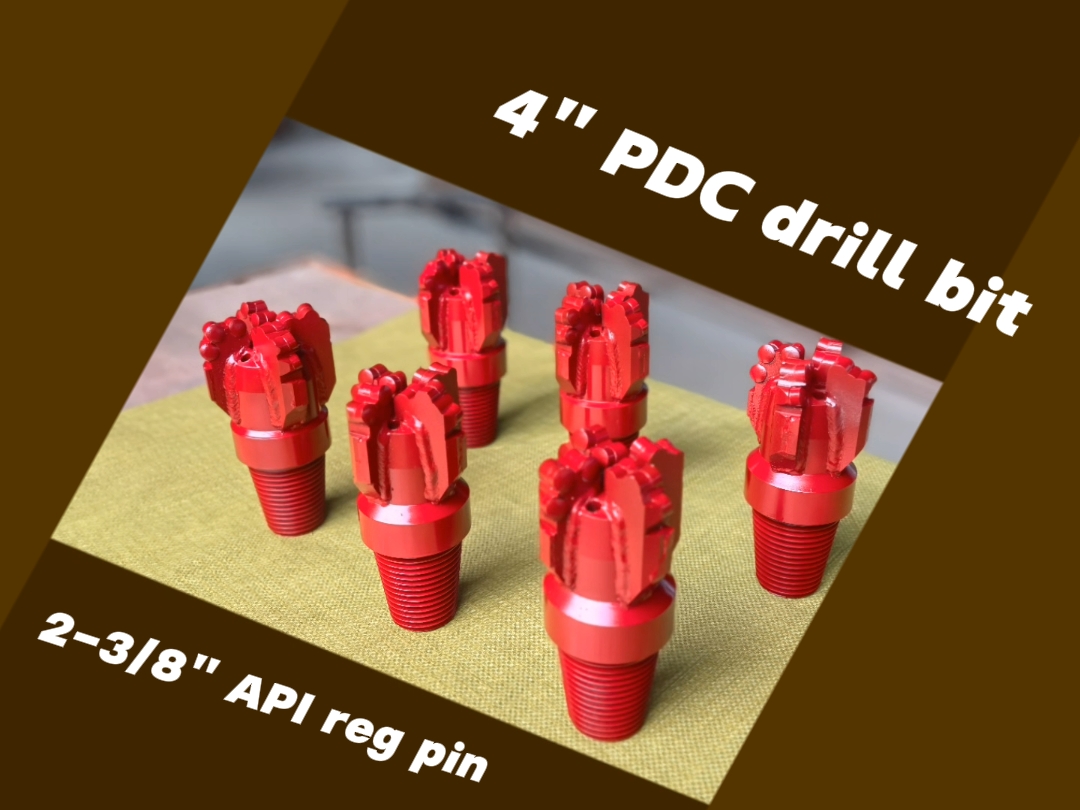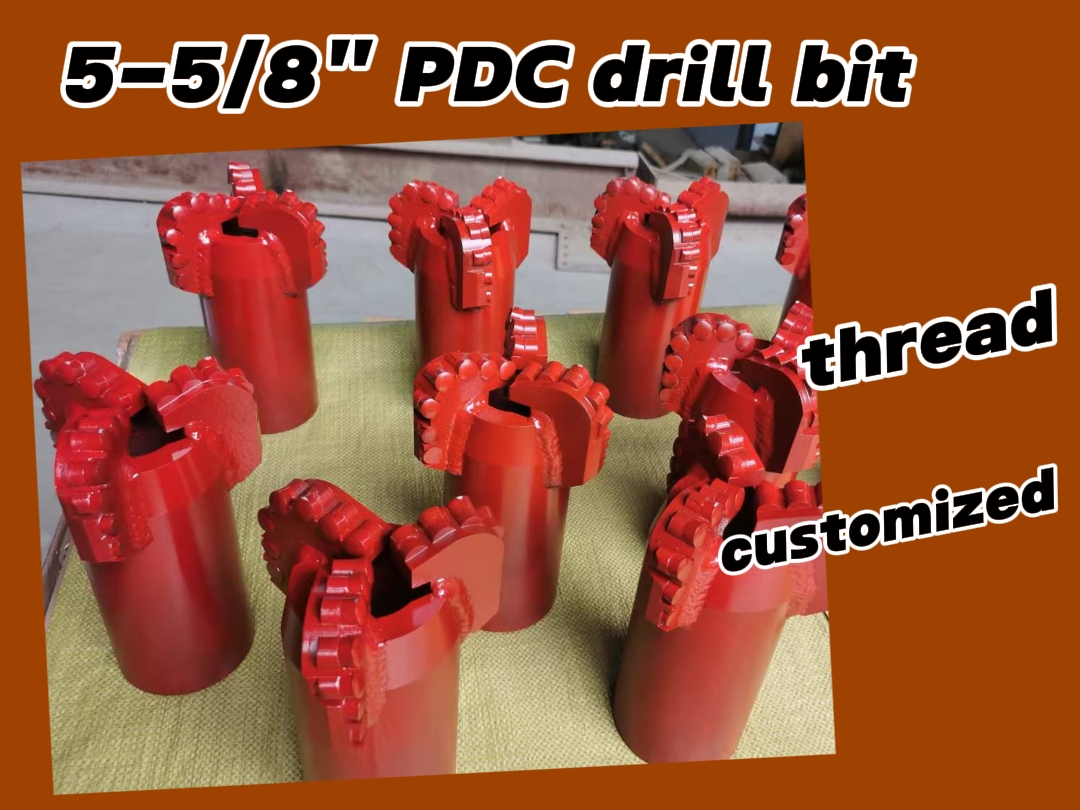A few common questions always come up when people start looking into water well drilling
-
How much does it cost to drill a deep water well?
-
How much does it cost to dig a 200 ft well?
-
How deep should a well be for drinking water?
-
Can I drill my own water well?
Let’s walk through these questions one by one, and along the way, we’ll highlight an often-overlooked factor that has a huge impact on cost and efficiency: the drill bit itself.
1. How Much Does It Cost to Drill a Deep Water Well?
The price of drilling a well varies widely. On average, drilling companies might charge anywhere from $25 to $60 per foot, depending on the region and ground conditions. That means a 300-foot well could cost between $7,500 and $18,000.
But what factors decide the cost?
-
Labor – The crew that sets up and runs the rig.
-
Equipment & Fuel – Operating a drilling rig is energy-intensive.
-
Materials – Pipe, casing, pumps, and seals.
-
The Ground Itself – Hard rock vs. soft soil makes a huge difference.
Drilling through hard rock not only slows progress but also wears down bits quickly. Choosing the best drill bit for water well drilling—whether a tricone bit for softer formations or a PDC drill bit for hard rock wells—can save thousands in the long run.
2. How Much Does It Cost to Dig a 200 ft Well?
If you’re wondering about 200 foot well cost, the math is simple: take the per-foot rate and multiply. At $25–$60 per foot, a 200-foot well may cost between $5,000 and $12,000.
But the geology matters:
-
Soft formations (sand, clay, loose soil) → faster drilling, lower cost.
-
Hard rock formations (granite, limestone, basalt) → slower drilling, higher tool wear.
That’s why contractors often switch between bit types. A tricone drill bit for mixed formations is common when conditions change, while PDC bits dominate when facing consistent hard rock.
3. How Deep Should a Well Be for Drinking Water?
Most drinking water wells in the U.S. range from 100 to 500 feet deep, depending on groundwater levels. Shallow wells can hit water at 50–100 feet, but water quality and reliability are often questionable.
For safe and clean water, going deeper is usually worth the investment. And remember: the deeper the well, the more important bit durability becomes. Contractors drilling a drinking water well at 400 ft or more often choose premium bits that reduce downtime.
4. Can I Drill My Own Water Well?
The short answer: DIY water well drilling is possible, but not easy. Shallow hand-dug wells or small DIY rigs exist, but for a long-term household supply, professional rigs are almost always required. Many states also require permits and licensed drillers.
Still, even DIY setups rely on the same principle: without the right drill bit, progress slows to a crawl. That’s why even small-scale operators often look for affordable water well drill bits that balance performance and cost.
5. Drilling Methods and Drill Bit Choices
Different drilling methods call for different tools:
-
Rotary Drilling – Uses continuous rotation and drilling fluid, often paired with PDC or tricone bits.
-
Percussion Drilling – Relies on impact, better suited for shallow or specialized wells.
-
Reverse Circulation – Efficient in certain unconsolidated formations.
Every method depends on the drill bit at the cutting face. The better the match between method, formation, and bit design, the smoother the drilling.
6. Drill Bit Selection Guide for Different Formations
Here’s a quick reference:
-
Soft soil, clay, sand → Drag bits or soft-formation tricone bits
-
Medium formations (shale, limestone) → Tricone bits, sometimes hybrid PDC
-
Hard rock (granite, basalt, quartzite) → PDC drill bit for hard rock wells
Choosing the right drill bit for water well drilling means faster penetration, less fuel consumption, and fewer costly delays.
7. Frequently Asked Questions (FAQ)
Q: How long does a water well last?
A properly constructed well can last 20–50 years.
Q: What maintenance does a water well need?
Water quality testing, pump checks, and sometimes casing inspections.
Q: How do I choose the right drill bit for well drilling?
It depends on your formation and depth. A PDC drill bit for granite wells won’t be the same as a tricone bit for mixed formations. Many contractors keep multiple types ready.
Final Thoughts
The cost of water well drilling depends on depth, geology, and region. But one factor runs through all projects: the drill bit. A high-quality bit can save time, fuel, and money by drilling faster and lasting longer.
Whether you’re a contractor drilling deep drinking water wells, a rig operator tackling hard rock formations, or an equipment supplier looking for reliable tools, the right drill bit makes all the difference. Contact us to learn more about PDC and tricone drill bits for water well drilling projects.

 news-CBT Rock PDC Bit Manufacturer
news-CBT Rock PDC Bit Manufacturer
